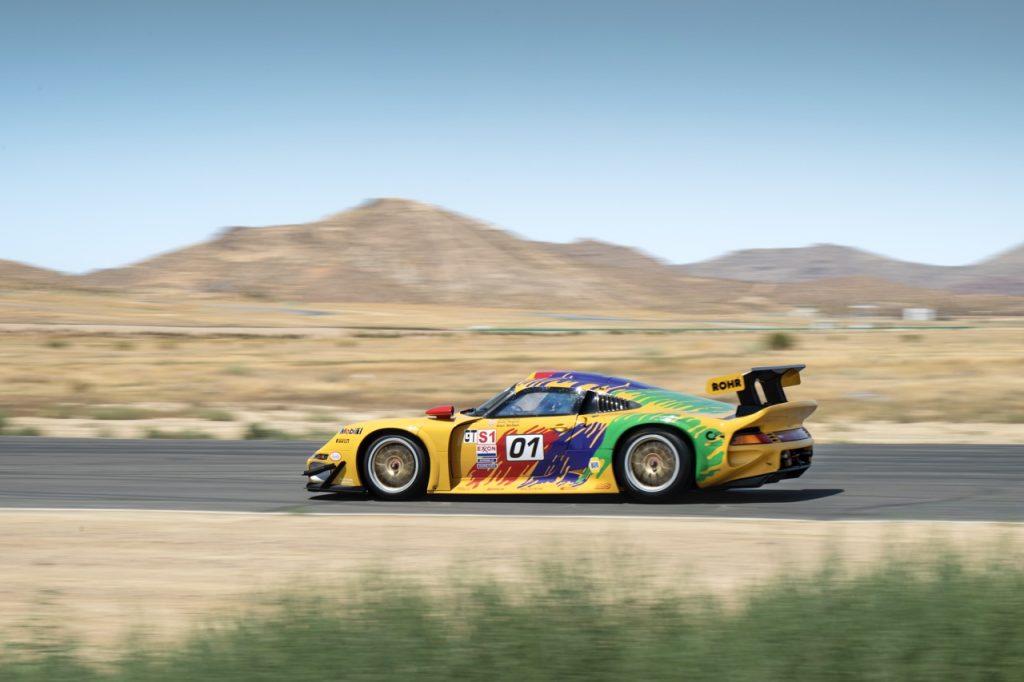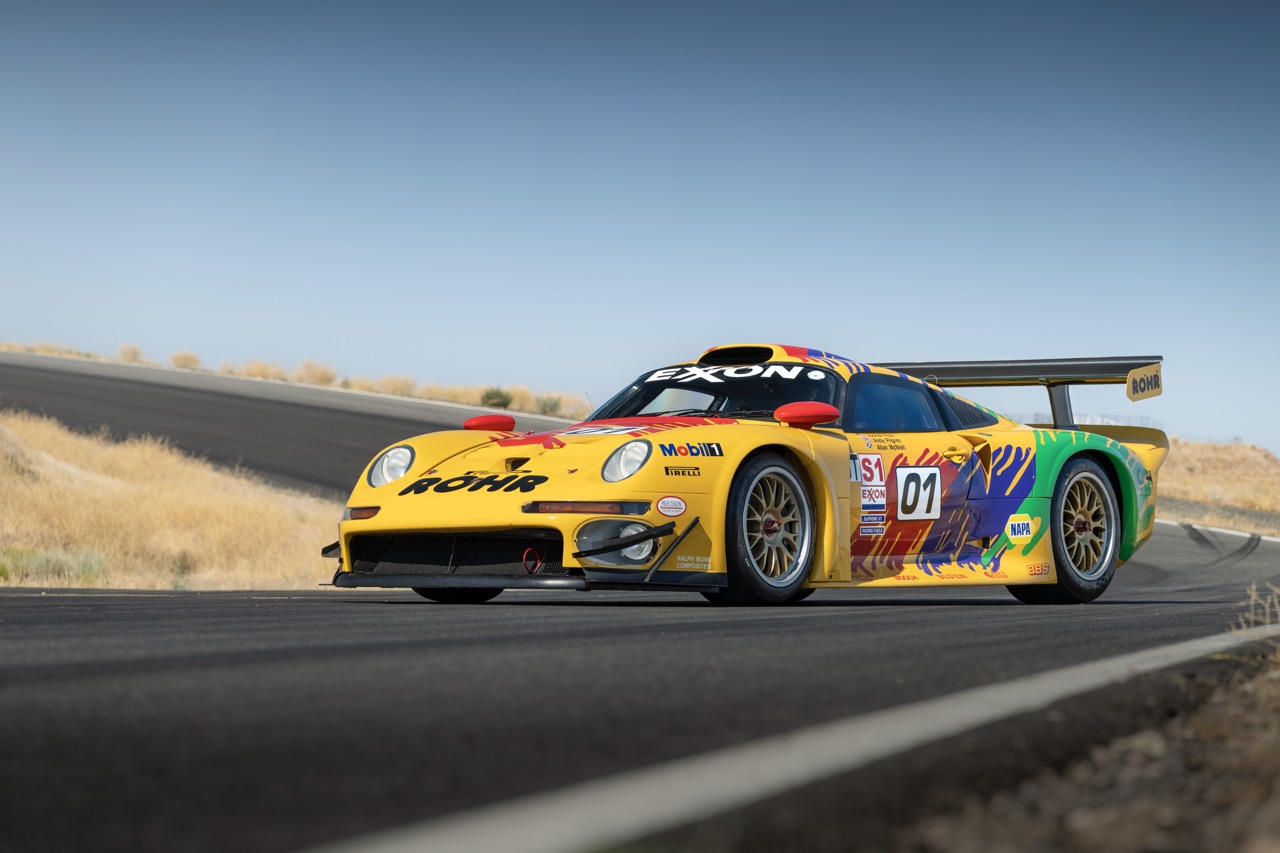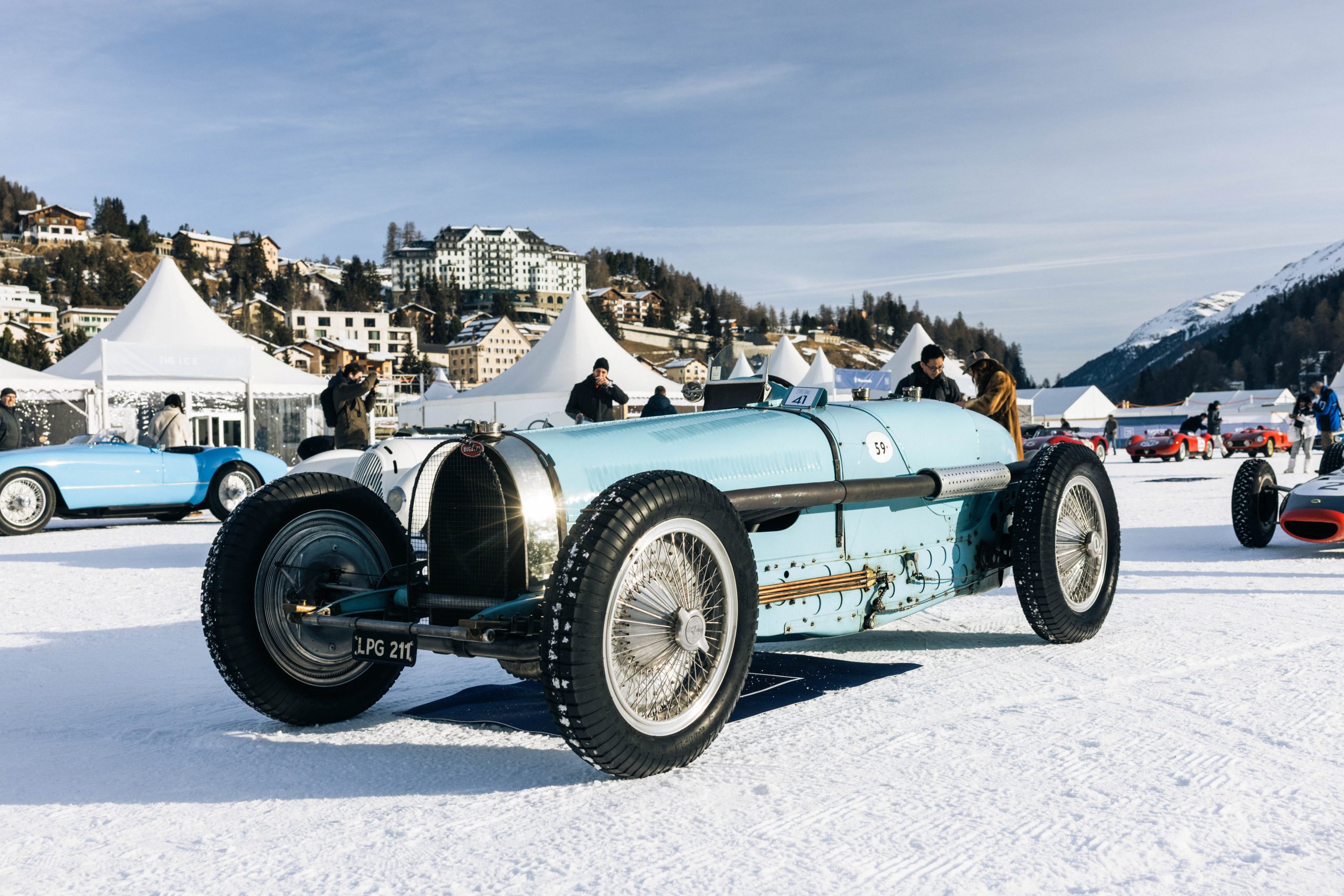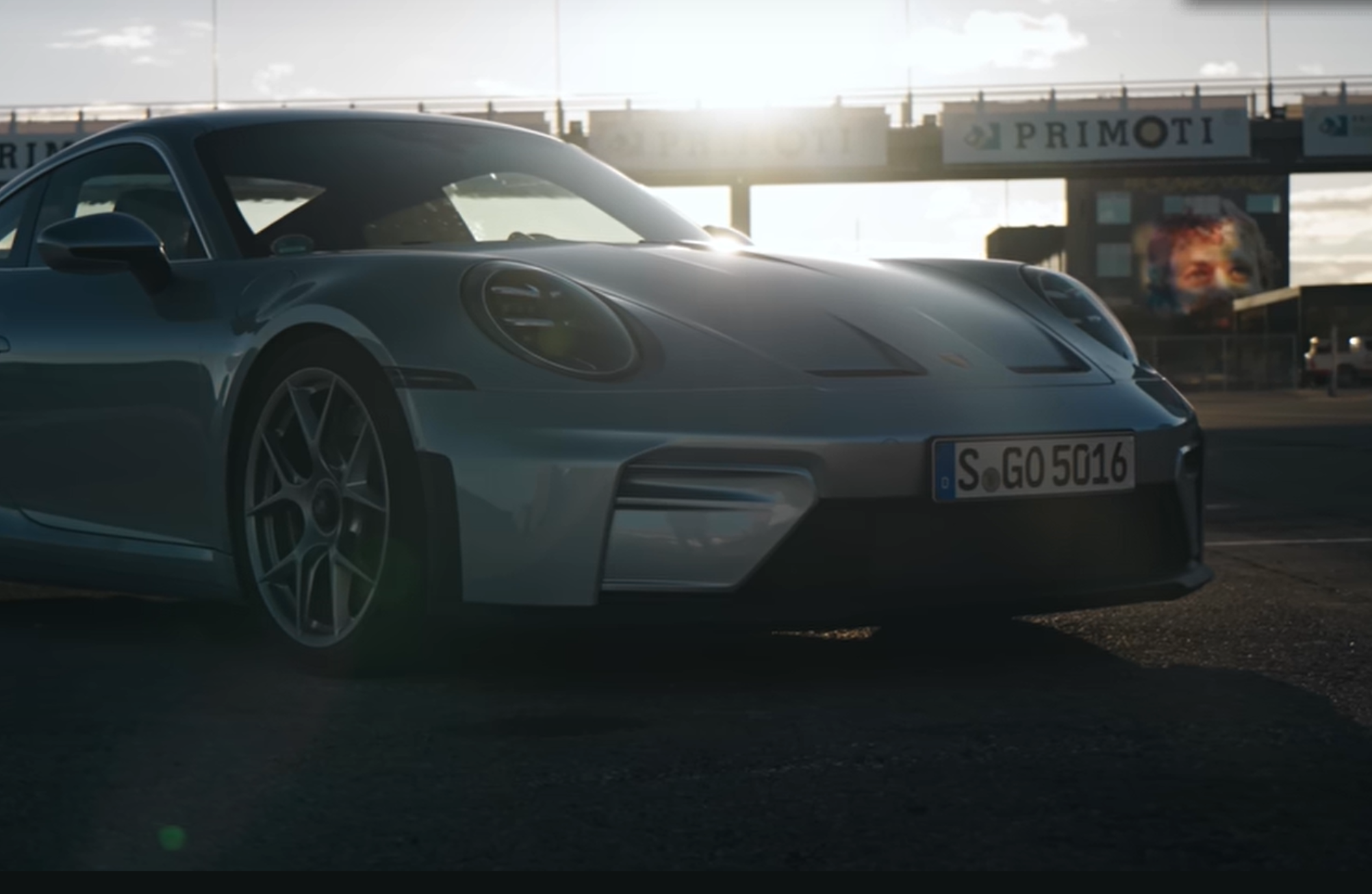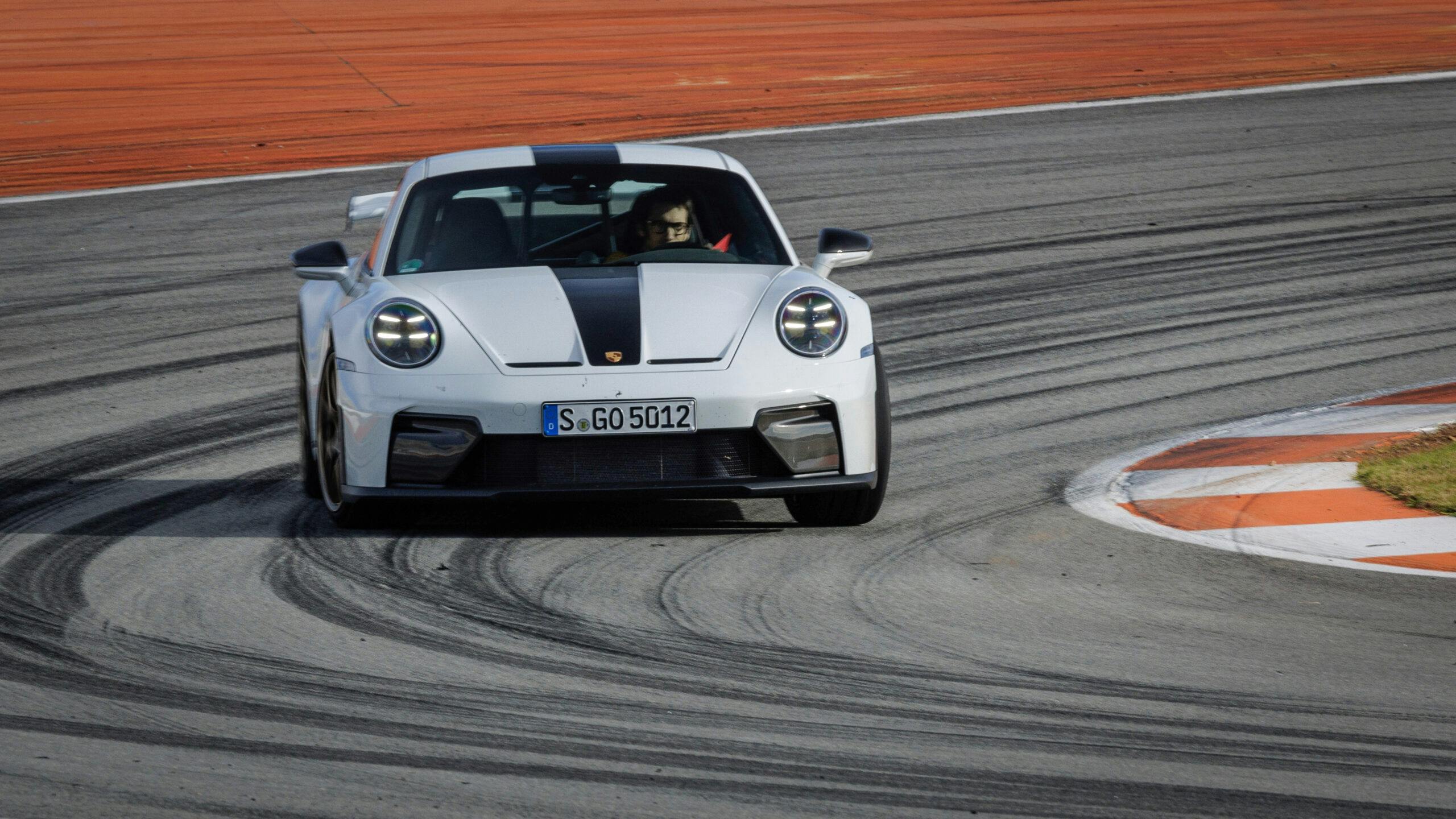From its founding in 1953, the World Sportscar Championship (and the many various names it took on throughout the ensuing decades) served as the FIA’s catch-all series for international sports and endurance racing, and its calendar was routinely populated by the most famous races on earth: The Mille Miglia and Targa Florio, the RAC Tourist Trophy, the 1000Km of Spa/Monza/Buenos Aires/Fuji/Nürburgring, the 12 Hours of Sebring, and, most famous of them all, the 24 Hours of Le Mans.
Porsche was ever-present in sports car racing from the beginning, its small-bore machines always contenders in their class and, more often than not, poised to upstage faster, more powerful competition. Class wins came easily, including at Le Mans, but it wasn’t until 1970 that the German firm finally won the event outright, with its screaming flat-12–powered 917K. From that point on, who could have predicted what an easy time of it, relatively speaking, Porsche would have there going forward? Four more victories at the famous French circuit by decade’s end were merely a prelude to what was in store in the 1980s, as first the 936 and then the all-conquering 956 and 962 Group C racers proved nearly unbeatable by claiming seven more wins.

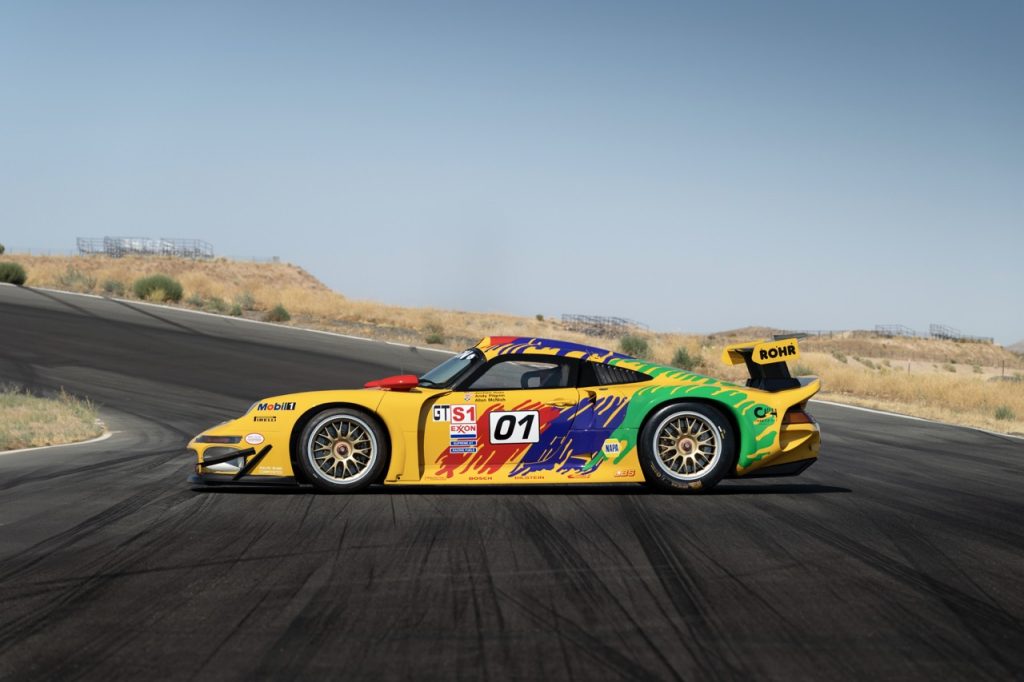

Sports car and endurance racing lost its way in the early ’90s, however. The then-named FIA Sportscar World Championship died in 1992, and international sports car racing was essentially orphaned; what remained were small national series and a handful of single-make cups.
To fill the void, in 1994 former Porsche racer Jürgen Barth and race promotors Patrick Peter and Stéphane Ratel created the BPR Global GT series, which required production cars to be modified into racing cars. As a result, it drew plenty of privateers running 911s, Ferrari F40s, Venturis, and the odd Callaway Corvette.
The series became so successful over the next two years, however, it gained manufacturer interest and became the springboard needed to get international sports car racing back on track, quite literally. The race cars that contested the series – and the road variants produced for homologation – remain some of the wildest supercars of the 1990s. And in the mix with the McLaren F1, the Mercedes CLK GTR, and the Jaguar XJ220, there was the Porsche 911 GT1.
If Porsche’s 962 Group C race car and its 993-generation 911 had a baby, it would look an awful lot like a 911 GT1. Which is no surprise, really, because that’s essentially what a 911 GT1 is. The design came from Tony Hatter, who had penned the 993 road cars, and the 911’s front end and centre monocoque were retained, including the stock suspension mounting points, the front trunk and bulkhead, the dash, and the floor. A tube frame was fitted to the rear half of the car, with a five-link rear suspension and wheelbase increased to accommodate the mid-mounted engine.
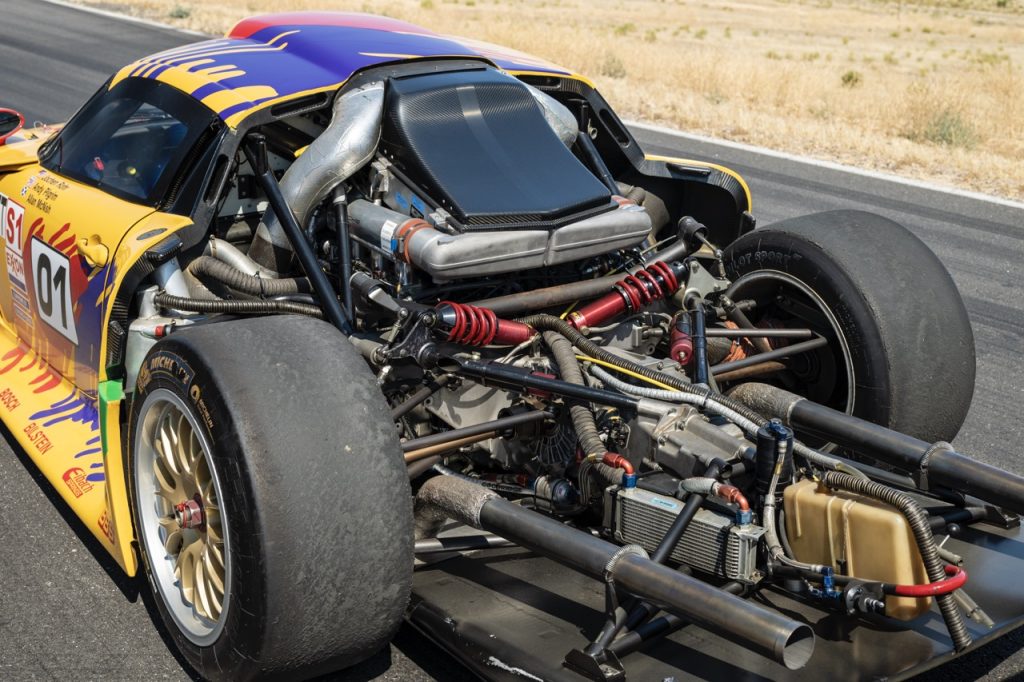
That M96/80 engine, incidentally, was a further development of the 3.2-litre twin-turbocharged flat-six unit that had won Le Mans in 1994 in the Dauer Porsche 962 LM GT. With chain-driven camshafts and four-valve heads and mated to a six-speed gearbox, it sent 600 horsepower to the rear wheels.
After thousands of test miles in the spring of 1996, the GT1 proved its mettle almost instantly at Le Mans, as the two factory cars finished 1-2 in the GT1 class and 2-3 overall, behind the Joest-Porsche WSC95. In the BPR series, the factory Porsches won all three races they contested. With a proven winner on its hands, Porsche got to work building nine customer cars for the 1997 season.
Delivery took place at Italy’s Mugello Circuit that March, and on hand to claim 993 GT1 108 was Roock Racing of Leverkusen, Germany.

Roock campaigned the car in what was now called the FIA GT Championship. Its first outing, a four-hour race at Hockenheim, resulted in a fifth-place finish with Ralf Kelleners and Yannick Dalmas aboard. At Le Mans pre-qualifying that May, Stéphane Ortelli and Allan McNish managed 18th. A DNF at Silverstone followed, and then a second-place finish at Helsinki, which was Porsche’s best result of the season. After qualifying 11th on the grid for Le Mans, McNish suffered a front suspension failure on just the eighth lap, and that brought the car’s tenure in the Roock stable to an end.
That summer it was sold to Rohr Racing in the US, and they campaigned it in the second half of the IMSA GT Championship season to great effect, including two poles and four straight victories, at Mosport, Las Vegas, Pikes Peak, and Sebring – enough to claim the series title for Rohr.
The car was sold on to privateer Joel Reiser to contest the 1998 Canada GT Challenge Cup, and then to Larry Schumacher in 2001, where it ran in four Grand Am events, finishing as high as second at Lime Rock. Following Schumacher’s lone season with 993 GT1 108, it was retired from competitive racing and sold into a private collection of turbocharged racing Porsches that included a 917/30, a 935, a 911 Carrera RSR 2.1, and a McLaren MP4/2 TAG F1 car. Solid company.
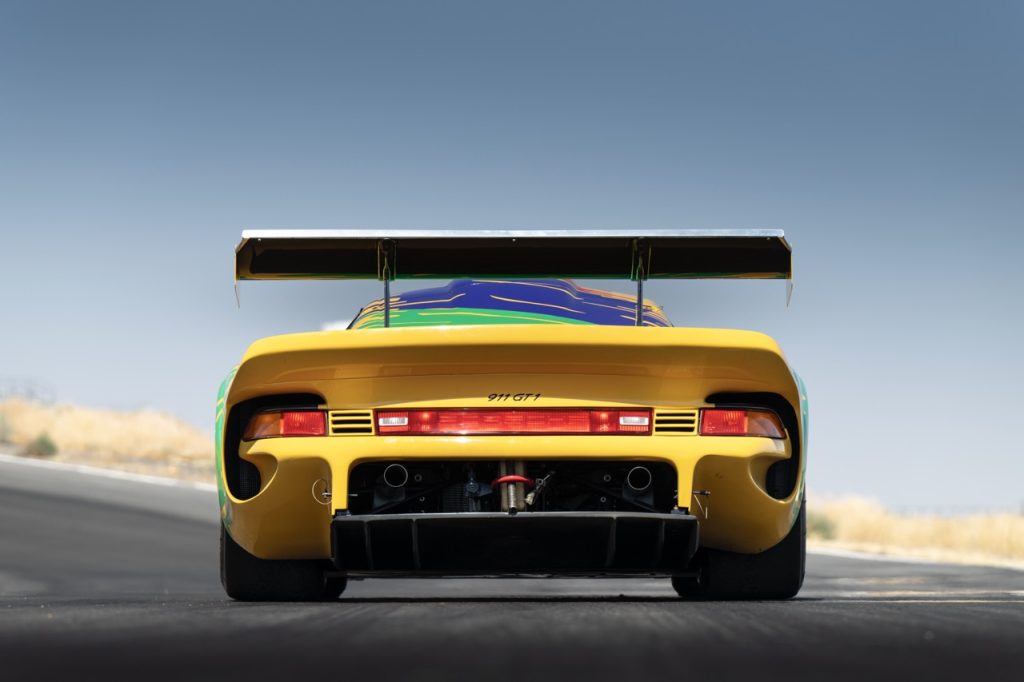
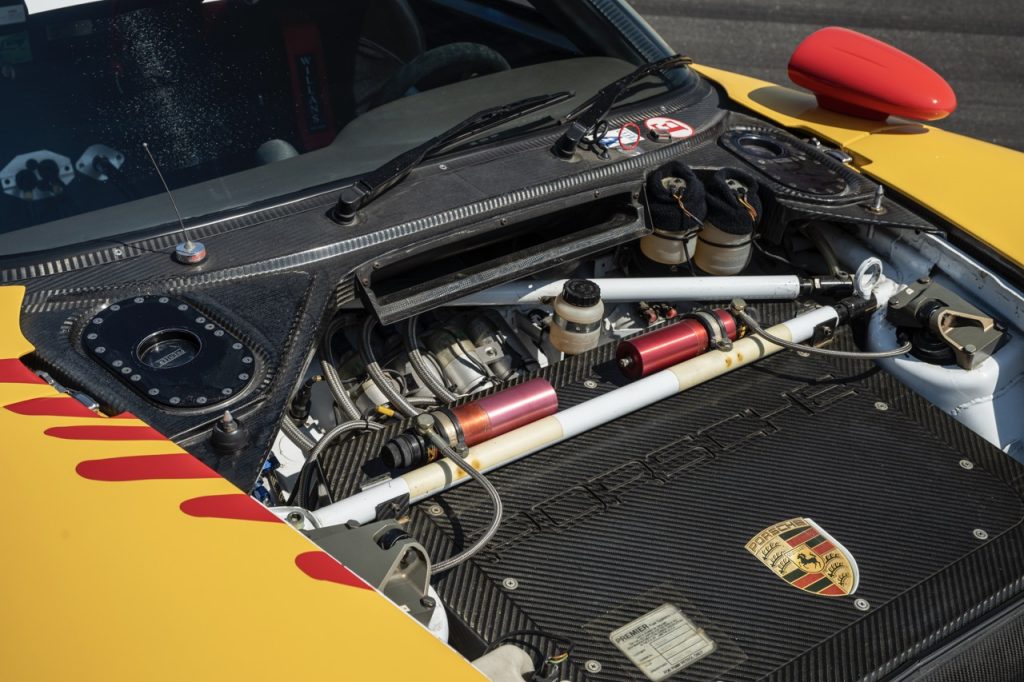
Since 2012, it has been with its current owner, where it was returned to the wild yellow Rohr Racing livery it wore during its most successful spell in IMSA GT. It has appeared twice at Porsche Rennsport Reunion, and it is no mere show piece; the car is regularly driven on track Auto Club Speedway in California.
With only six factory and nine customer cars built, 911 GT1 race cars are a rare breed, and as such they don’t appear for sale often. The only transaction recorded by Hagerty for a GT1 of any sort is a $5.7M result at Gooding & Company’s Amelia Island Auction in 2017, but that was for a 1998 911 GT1 Stassenversion – the homologated road car based on the 996-generation racer.
There’s a lot going for 993 GT1 108, which will cross the block at Broad Arrow’s Monterey Jet Center auction in California next month. That rarity, for starters. But it has also never been wrecked, which cannot be said for many a race car. Its continuous known history, both in and out of competition, is a bonus, especially the successful stint in America that earned Rohr Racing an IMSA crown. And you really can’t beat that livery.
With a presale estimate of £6.5M to £8M, it is sure to attract some serious Porshephiles in the sale room. We can only hope the winning bidder is as interested in keeping the car active as its current owner has been.
